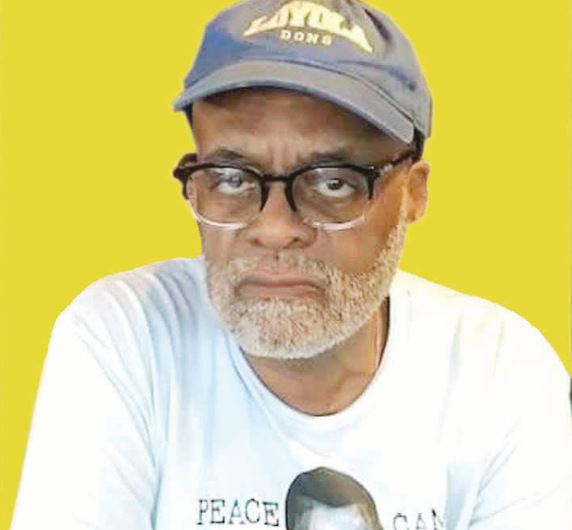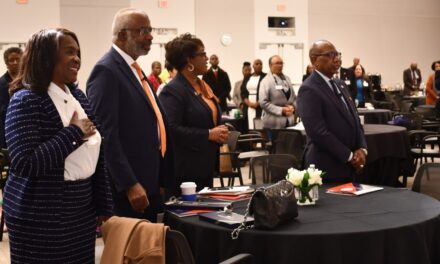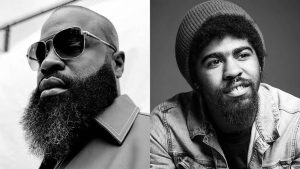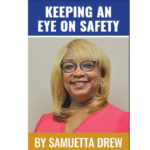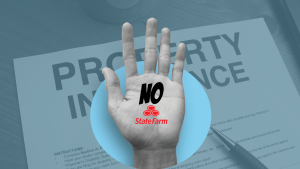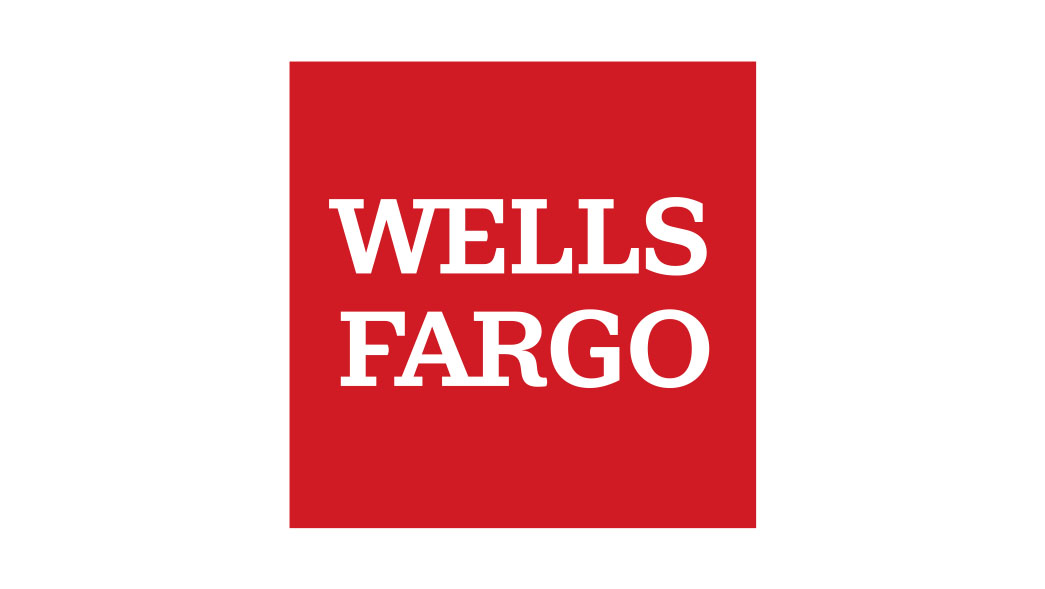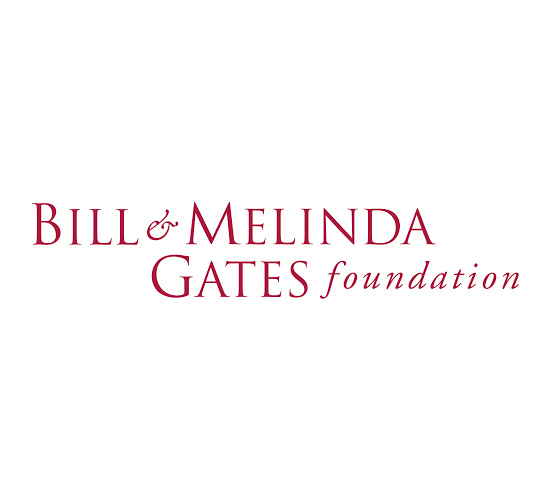
By Ralph E. Moore Jr.,
Special to the AFRO
The date for the March on Washington, August 28, 1963, was picked with a particular event in mind. It was selected to commemorate the eighth anniversary of the senseless murder of Emmett Till, a 14-year-old boy who had traveled to Mississippi from his hometown of Chicago to spend some time in summer fun with his cousins. Because he was accused of offending a White woman, Carolyn Bryant, by flirting with her at her place of business in Money, Miss., the Black boy was abducted from his uncle’s home in the middle of the night, tortured and killed. His body was tossed into the Tallahatchie River.
Bryant’s husband and her husband’s brother committed the brutal murder. Outraged, Emmett’s mother insisted on keeping her son’s coffin open to show his mutilation. In doing so, she incited the Civil Rights Movement which would lead to the 250,000 attendees at the March on Washington.
The deliberate outrage from folks seeing what was done to Mamie Till’s only son created a movement. Emmett, who was barely the age of a high school freshman at the time of his death, moved people to anger and action.
Years earlier, there were talks and plans to march on Washington, D.C. In 1941, A. Phillip Randolph, a union and civil rights organizer, had an idea to hold a “march for jobs” to protest the racist discrimination against Blacks seeking jobs during World War II and President Franklin Delano Roosevelt’s New Deal.
Randolph had organized Black railroad workers into a union known as the Brotherhood of Sleeping Car Porters; it was the first successful Black labor union in the nation’s history. He combined his labor organizing skills with advocacy for civil rights which eventually led to presidential orders from both Presidents Roosevelt and Truman which banned discrimination based on race.
Randolph’s plans to organize a mass march ended after he was able to negotiate with Roosevelt for the creation of the Fair Employment Practice Committee (FEPC) and an executive order to end discrimination in the arms industries. But the FEPC agency, started in 1941, was dissolved in 1946 and Randolph became frustrated. More and more he was looking at Martin Luther King Jr. as a potential partner in organizing for justice and fairness.
MLK’s Southern Christian Leadership Conference (SCLC), which he founded, began considering a march on Washington in the late 1950s. A. Phillip Randolph never gave up on his dream for a massive demonstration in Washington and eventually, the two great leaders came together to plan the now famous March on Washington of 1963. The Civil Right Act was going nowhere in Congress and the yearslong stalemate was a driving force that brought the men together. Along with them came Randolph’s top assistant, Bayard Rustin, whom many considered a world class organizer.
Randolph wanted to march for more and better jobs, while King was focused on freedom in the forms of voting rights and open public accommodations. So they decided to combine their separate causes and themed the massive demonstration, “The March on Washington for Jobs and Freedom.” Too few people know of the theme, but it represents an incredibly historic instance of cooperation among three powerful leaders that resulted in mammoth success—the largest demonstration ever in the United States up to that point in time, 250,000 attendees strong!
John F. Kennedy was president of the United States at the time of the march. He was opposed to it, but once he supported it the provisos were attached that the march would not end at the Capitol Building but at the Lincoln Memorial. Also, the baseball game (the Washington Senators vs. the Minnesota Twins) was canceled that day and all bars and liquor stores were closed in the city for the day to eliminate the possibility of the imagined unruly behavior some feared. Kennedy met with the march’s leaders at the White House on June 22, 1963, and it was he who eventually expressed the concern about the potential for violence.
But the march went on without a hitch–large, peaceful, and inspiring, with 3,000 members of the press covering the event. A. Phillip Randolph was the kickoff speaker at the event. His closing statement was the following: “We here today are only the first wave. When we leave, it will be to carry the civil rights revolution home with us into every nook and cranny of the land, and we shall return again and again to Washington in ever growing numbers until total freedom is ours.”
Bayard Rustin spoke next, then NAACP president Roy Wilkins, John Lewis of the Student Non-Violent Coordinating Committee (SNCC), actors Ossie Davis and Ruby Dee as well as Daisy Lee Bates (an activist in civil rights, a journalist and a lecturer). Music was provided throughout the afternoon by folk singers Joan Baez and Bob Dylan, opera singer Marian Anderson and MLK’s favorite songstress, Mahalia Jackson. It was Jackson who urged King to “tell them about the dream” that resulted in the reverend digressing from his prepared remarks about economic justice to tell the world, “I have a dream.” Though delivered extemporaneously, it remains one of the greatest speeches delivered (and quoted) of all time.
It is the single most remembered feature of the March on Washington and it, like Emmett Till’s untimely death, launched the Civil Rights Movement for social change, bringing open public accommodations, housing and voting rights. These issues remain in need of completion toward full freedom for all, but as King reminds us all, “The moral arc of the universe is long but it bends toward justice.” And we all shall overcome.
Sources of this history lesson are : John Hope Franklin’s “From Slavery to Freedom,” Taylor Branch’s “Parting the Waters” and “The Negro in the Making of America” written by Benjamin Quarles.
The post The Moore Report: The March on Washington has a couple of fascinating back stories appeared first on AFRO American Newspapers .

